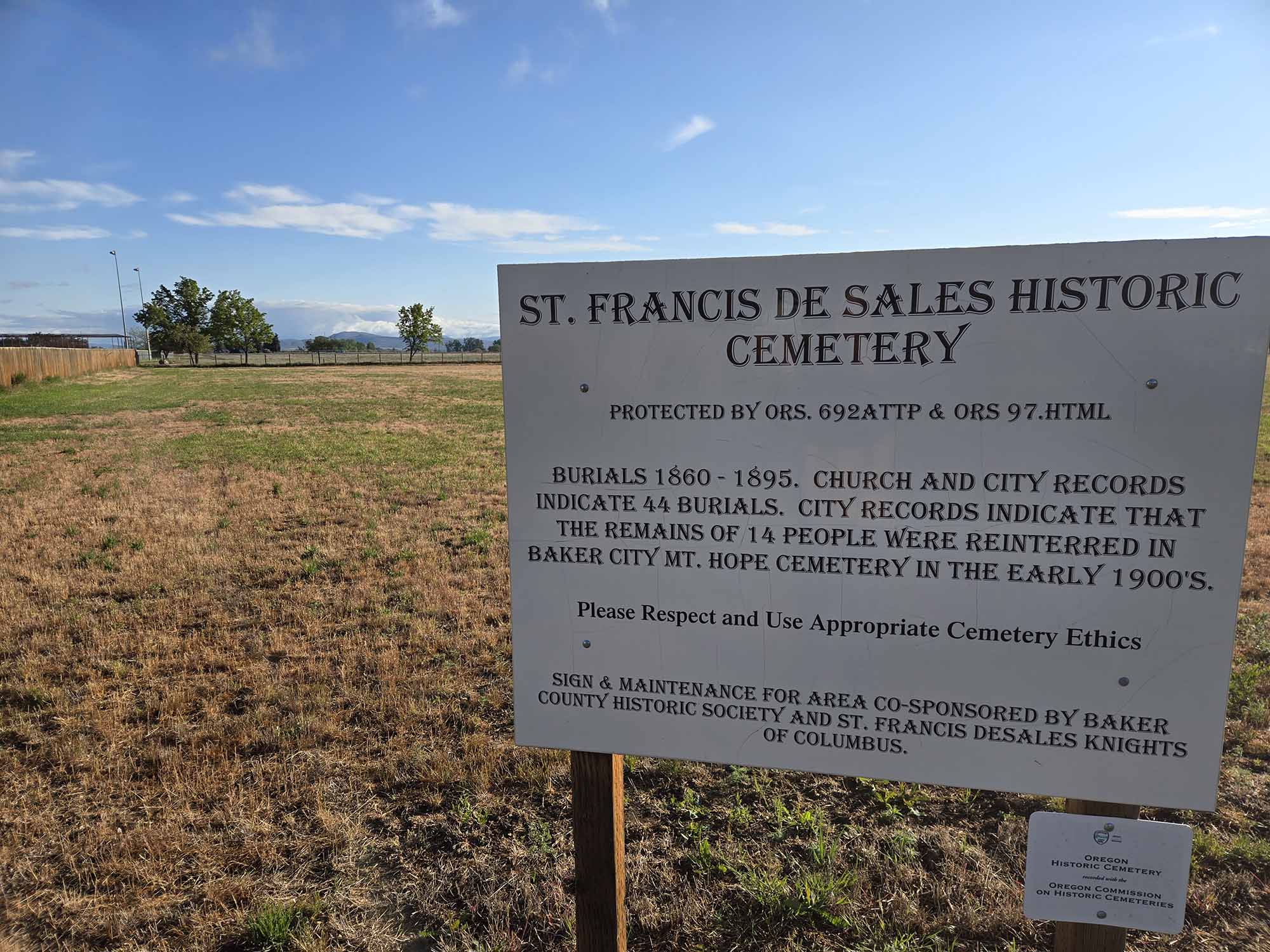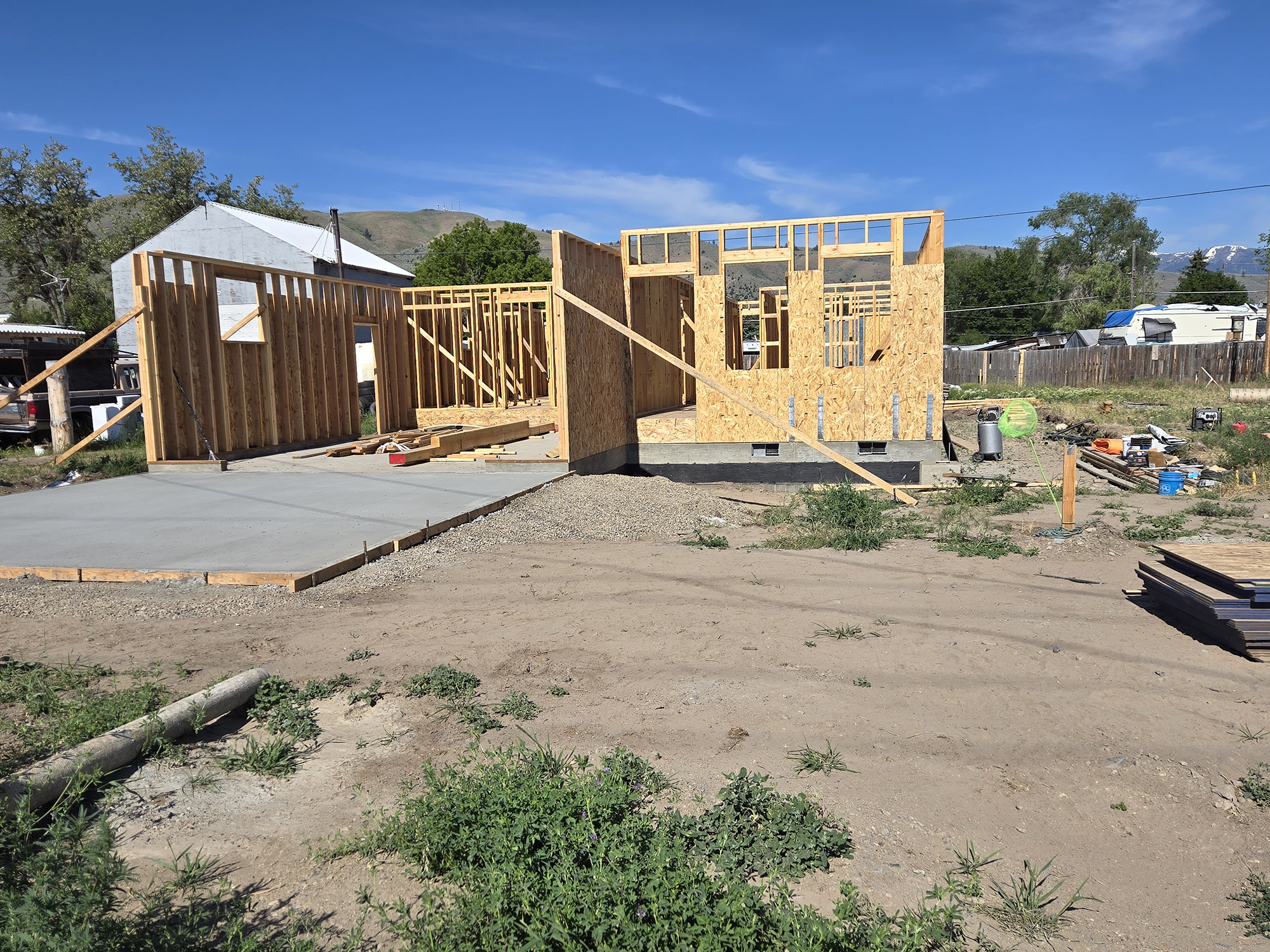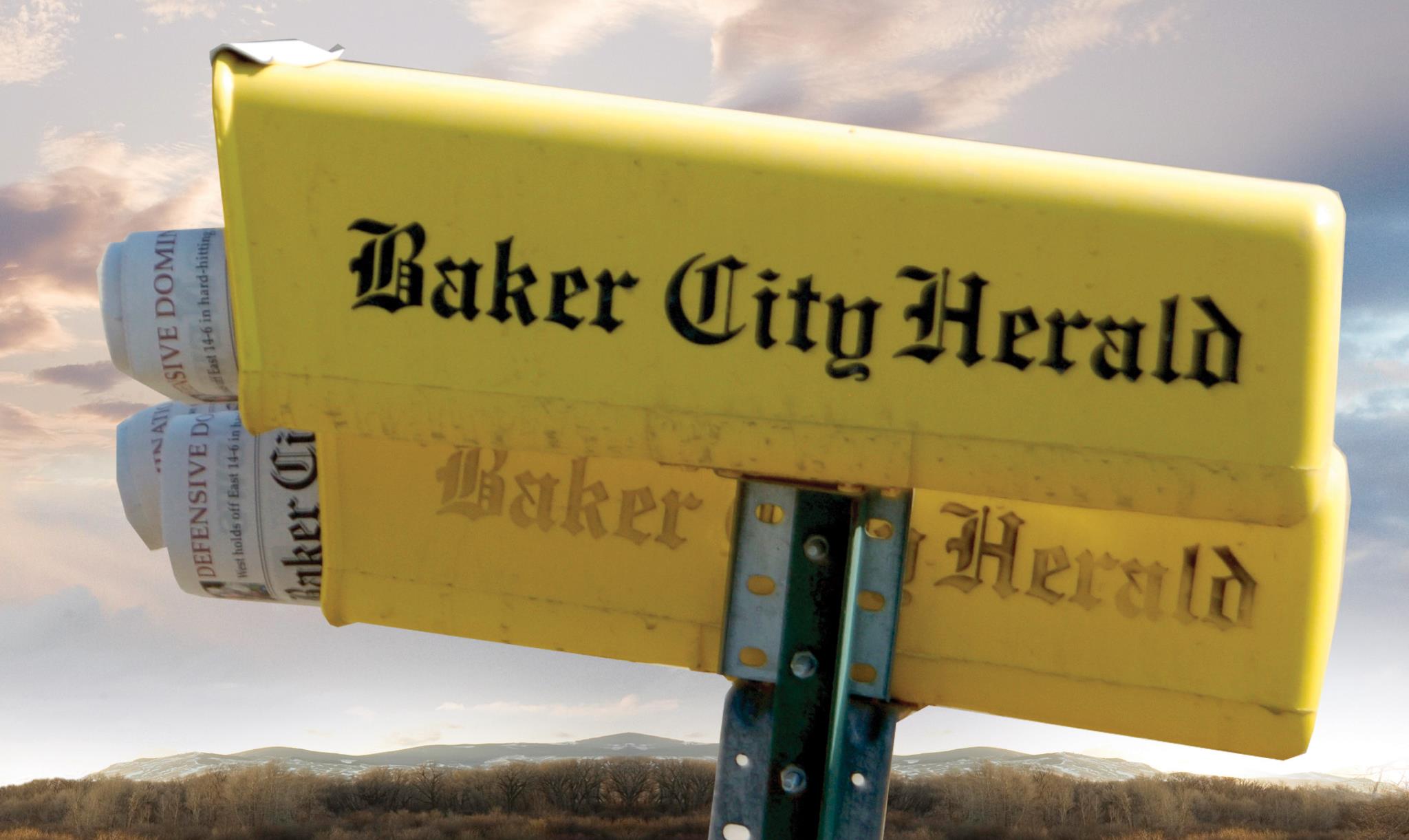Ferdinand’s Wild Ride
Published 12:00 am Wednesday, September 10, 2003
Riders and volunteers who participated in Cycle Oregon 1999 probably remember or can’t forget the descent from Anthony Lakes to Haines.
Trending
Many riders got a late start in Ukiah due to sub-zero temperatures. By the time they arrived at Anthony Lakes, more than 3,500 feet above the Baker Valley, night and the mercury had started to fall.
It wasn’t a disaster, but it was dangerous. Some participants were shuttled to safety in vans.
But even the riders who arrived early enough to plummet the steep grade from Anthony Lakes to the North Powder River on their bikes will have to marvel at the last time Ferdinand Boesch descended the mountain on a bicycle.
Trending
One speed.
No brakes.
No kidding.
andquot;When I was a kid I longed to lose myself in the wilderness, away from civilization, and trap as a professional,andquot; Boesch, 101, wrote in his self-published book, andquot;In the Old Days.andquot;
andquot;I looked the country over and found that the north fork of the John Day river would be a good place to trap. As I intended to got it alone, I got some good books on north woods trapping, covering every phase of it, including what to do in case you became lost in a snowstorm …
andquot;This was all before the sleeping bag had been invented, so I put my bedroll in a pack basket, a few cooking utensils, some food in a pack sack … This pack I lashed to the handlebars of my bicycle and rode it as far as I could before it became so steep I had to get off and push it on to Anthony Lakes.andquot;
Today, travelers can access the stunning granite peaks and alpine lakes of Anthony Lakes by a paved National Scenic Byway.
In the 1920s, as Boesch prepared for life as a fur trapper, it was a different matter.
andquot;When we first came to Baker County, the only way to get to Anthony Lakes was by a pack horse trail,andquot; he wrote. andquot;A few years previous to my exploring for a trapping ground, the Forest Service had built a wagon road which pretty closely follows the present road today.andquot;
andquot;Only the best automobiles could go up there,andquot; Boesch recalls. andquot;Most took a horse, wagon, went by foot or, like me, with a bicycle.andquot;
In those days, Boesch’s bike was his transportation.
andquot;Wherever I wanted to go, I’d go on my bicycle,andquot; says Boesch, who lived in the farm country north outside of Haines and North Powder. andquot;If I wanted to go to Baker, I’d go on my bicycle. If you went on a wagon, it’d take you all day to get to Baker.andquot;
For the young man trying his fortune in far trapping, however, the bicycle was simply practical.
andquot;I didn’t have a horse,andquot; he said, andquot;and you don’t have to feed a bicycle.andquot;
Boesch left his bike at Anthony Lakes and continued on foot, hiking over the ridge to Crawfish Lake, part of the headwaters of the North Fork of the John Day River.
He continued the next day to a trapper’s cabin on the river, where he set up camp and set out to learn the country and its inhabitants.
andquot;There were bobcats, marten, mink, wesel and a few coyotes in this country,andquot; he wrote. andquot;I had no trouble getting meat, as there were plenty of blue and ruffled grouse in the country … This was good deer country and I could hear the elk bugling every day.
andquot;I stayed in the country until I was satisfied I could winter here. I decided to go out and get supplies for the winter, so I hiked down to Anthony Lake and got on my bicycle and headed for home.andquot;
andquot;These paved roads were something new,andquot; Boesch says when asked about the road he descended on his singlespeed bicycle with a kickback brake. andquot;Highway 30 was just gravel.andquot;
He explains how winter freezing would heave the soil, creating bumps in the rocky ruts of the wagon road.
andquot;If you went fast enough, you might go in the ditch,andquot; he cautions.
His journey was plagued by another problem, however.
andquot;I didn’t get very far before the brake went out.andquot;
Boesch remedied the problem by roping a large tree limb behind his bike, to drag behind like an anchor.
But the bike still got up beyond manageable speeds.
andquot;I just had to jump off and jab my feet in the bank to stop,andquot; he recalls.








